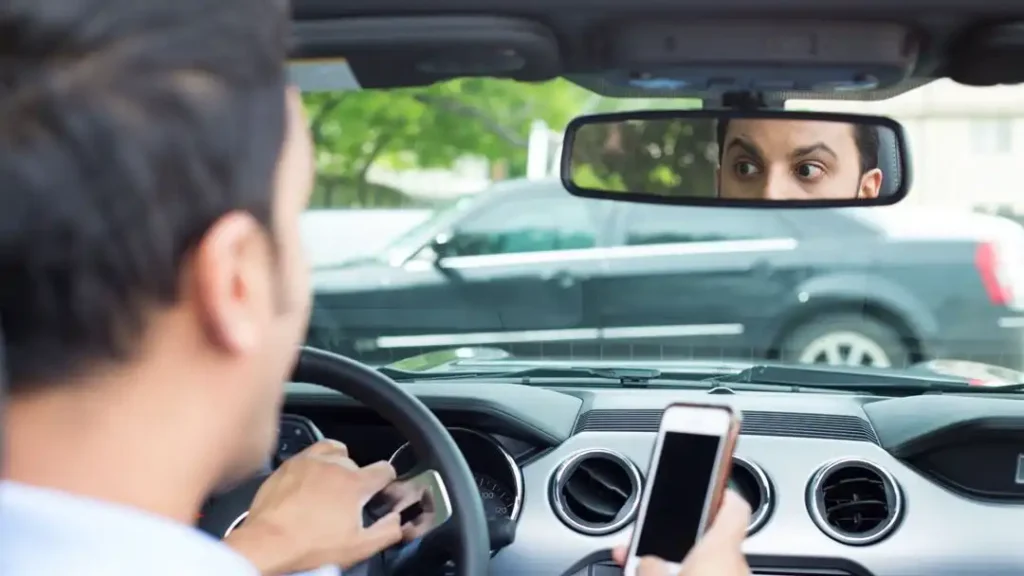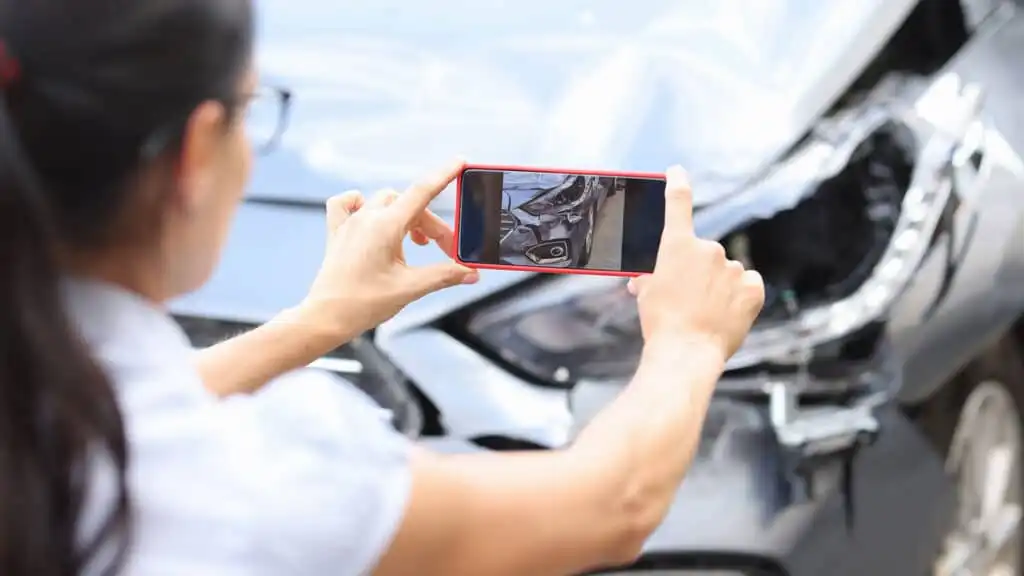Car accidents can happen at any time, often when we least expect them. While some accidents are unavoidable, many are caused by preventable factors. Understanding the most common causes of car accidents and knowing how to avoid them can significantly reduce the risk of being involved in a crash. In this blog, we’ll highlight the top 5 common causes of car accidents and provide practical tips to help you stay safe on the road.
1. Distracted Driving
What It Is:
Distracted driving is one of the leading causes of car accidents. It occurs when a driver’s attention is diverted from the road due to activities like texting, talking on the phone, eating, or adjusting the radio. Even a few seconds of distraction can lead to a serious collision.
How It Leads to Accidents:
-
Texting while driving reduces reaction time and the ability to focus on the road.
-
Talking on the phone distracts the driver’s hands, eyes, and mind.
-
Eating or drinking can cause a driver to lose control of the vehicle or miss important traffic signals.
How to Avoid It:
-
Put your phone on “Do Not Disturb” or use hands-free devices if you need to take calls.
-
Avoid eating or drinking while driving. If you need a snack or a drink, pull over safely.
-
Focus entirely on driving. Keep your eyes on the road, hands on the wheel, and mind on the task of driving.
2. Speeding
What It Is:
Speeding refers to driving faster than the posted speed limits or driving too fast for the road conditions. It may seem like a good way to save time, but it drastically increases the likelihood of accidents, especially when conditions like weather or traffic demand slower speeds.
How It Leads to Accidents:
-
Reduced reaction time: Higher speeds leave drivers with less time to react to obstacles, pedestrians, or sudden changes in traffic.
-
Loss of control: Speeding increases the chances of losing control of the vehicle, especially on wet or slippery roads.
-
Severe crashes: High-speed accidents often lead to more severe damage and injury.
How to Avoid It:
-
Adhere to speed limits and adjust your speed based on road conditions, such as rain, fog, or construction zones.
-
Be mindful of traffic flow: Drive at a speed that matches the flow of traffic, ensuring that you can stop or adjust your speed if necessary.
-
Allow extra time: Leave earlier to avoid the need for speeding. This ensures you can drive safely without feeling rushed.
3. Driving Under the Influence (DUI)
What It Is:
Driving under the influence of alcohol or drugs (DUI) is a major factor in many car accidents. Alcohol and drugs impair a driver’s ability to make sound judgments, react quickly, and stay alert behind the wheel.
How It Leads to Accidents:
-
Impaired judgment: Alcohol and drugs impair decision-making skills, making it harder to recognize dangerous situations.
-
Slower reaction times: Impaired drivers take longer to respond to traffic signs, pedestrians, and other vehicles.
-
Loss of coordination: DUI often causes blurred vision, lack of coordination, and difficulty maintaining control of the vehicle.
How to Avoid It:
-
Never drive after drinking: Use a designated driver, public transportation, or rideshare services like Uber or Lyft.
-
Avoid driving under the influence of drugs: This includes prescription medications that impair your driving ability. Always read the label and consult your doctor.
-
Encourage others to stay sober: If you’re traveling with others, ensure they don’t drive while impaired.
4. Reckless or Aggressive Driving
What It Is:
Reckless driving involves behaviors such as tailgating, weaving between lanes, cutting off other drivers, or ignoring traffic laws. Aggressive drivers tend to be impatient and often make unsafe decisions that put everyone on the road at risk.
How It Leads to Accidents:
-
Unpredictable behavior: Aggressive drivers often make sudden moves, leaving little time for other drivers to react.
-
Increased likelihood of road rage: Aggressive driving can escalate into road rage incidents, leading to further risky behaviors or even physical confrontations.
-
Tailgating: Following too closely reduces the driver’s ability to react if the car in front stops suddenly.
How to Avoid It:
-
Stay calm: If another driver is being aggressive, avoid engaging with them. Keep your distance and stay focused on the road.
-
Be patient: Allow other drivers to merge or change lanes safely. If someone is speeding or tailgating you, let them pass safely when possible.
-
Follow traffic laws: Always yield the right of way and obey traffic signs and signals to ensure everyone’s safety.
5. Poor Weather Conditions
What It Is:
Inclement weather, such as rain, snow, fog, or ice, can make driving conditions hazardous. Reduced visibility, slippery roads, and low traction can make it difficult to control your vehicle and respond to sudden changes in traffic.
How It Leads to Accidents:
-
Reduced visibility: Heavy rain or fog can limit your ability to see other vehicles, road signs, or obstacles in time.
-
Slippery roads: Rain, snow, or ice can make the road slick, increasing the likelihood of skidding or losing control.
-
Hydroplaning: In wet conditions, tires may lose traction and skim across the water’s surface, causing you to lose control of your vehicle.
How to Avoid It:
-
Slow down in bad weather. Driving at a reduced speed gives you more time to react to changes in road conditions.
-
Use headlights in low-visibility conditions like rain, fog, or snow to increase your visibility to other drivers.
-
Increase your following distance: Leave more space between your car and the one ahead of you to account for longer stopping distances.
-
Avoid sudden movements: When driving in snow or ice, accelerate and brake slowly to avoid losing control.
Conclusion: Stay Safe by Being Proactive
Car accidents can often be prevented by being aware of the most common causes and taking proactive steps to avoid risky behaviors. By staying focused on the road, following traffic laws, and being prepared for adverse conditions, you can significantly reduce your chances of being involved in an accident.
Remember, safe driving benefits not only you but everyone on the road. Stay alert, follow best practices, and make responsible decisions behind the wheel to protect yourself and others.




